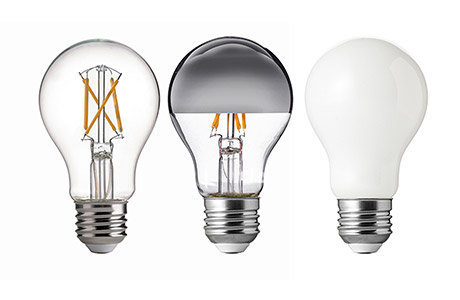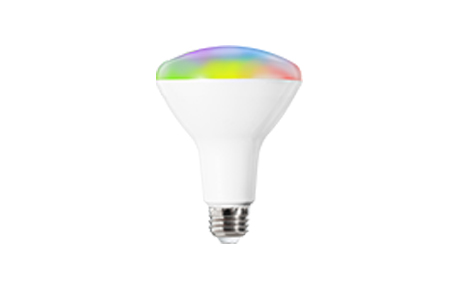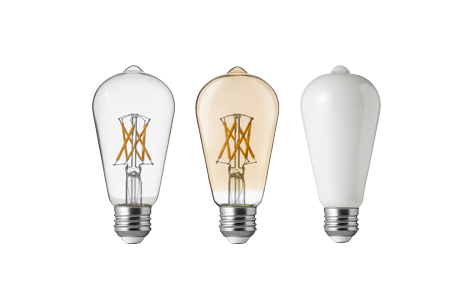Tips for Smart Home: How Does the Dimmer Switch Work?
1. The basic working principle of dimmer switch
It is feasible to convert the energy of the bulb into resistance, but it is not the best method for dimming. The working principle of modern resistors is to quickly turn on the light path first and then turn it off. Using this method can reduce the total amount of electricity passing through the circuit.
This switching cycle is based on the fluctuation of household alternating current (alternating current). AC current has a changing voltage polarity on a sine wave. The sine wave is a curve, and the voltage fluctuates between positive and negative when alternating current. With the smart dimmer switch, this regular sine wave or curve is intentionally cut off. When the current changes direction, the bulb circuit is automatically closed. When the voltage is zero, the direction changes and the cycle is repeated twice (120 times per second). Once the voltage is restored to a certain level, the light path will be restored.
Then why is the voltage "a certain level" rather than a more specific value?
It depends on where you put the knob or slider on the dimmer. When it is at its brightest setting, the circuit opens shortly after it opens. Since the circuit is on for most of the cycle, the light bulb can get more energy per second. When the dimmer is turned down, this circuit will not recover until later in the cycle.
In the past, rheostats changed the direction of current flow, while the knobs or sliders on modern dimmers acted as variable resistors. But its role is to act as a signal, not to change the direction of current flow. The efficiency of modern dimmers using the above method is more than 99%, which means that controlling a 100-watt light bulb will only waste less than 1 watt of energy. By the way: Although the life of the bulb with modern dimmers is longer and the loss is smaller, the output power per watt of the bulb can still be improved.
2. How does the dimmer switch work?
There are many types of dimmers: wall light dimmer, LED foot dimmer, table light dimmer, and so on. But their working principles are similar. How the current is limited to achieve control, all comes down to the use of thyristors (transistor AC switches). TRIAC is a semiconductor device, a bit like a transistor composed of multiple layers of semiconductor materials, n-type (with free electrons) and p-type. A thyristor circuit has two terminals connected to both ends of the circuit, and the voltage difference changes with the fluctuation of alternating current. The upper and lower terminals are correspondingly switched between positively charged and negatively charged, and there is a gate connected to the circuit through a variable resistor.
In fact, TRIAC acts as a voltage-driven switch. The switching action is controlled by the voltage on the gate. The voltage on the gate is controlled by a variable resistor.
Since the voltage on the terminals is normal and the voltage on the gate is very low, the TRIAC is like an open switch and does not conduct electricity. If the TRIAC is to conduct electricity between the two terminals, the voltage on the gate needs to be increased. When current passes through the resistor, the discharge capacitor is charged until it has enough voltage so that the current can be conducted to the lower terminal. The total resistance can be increased or decreased by moving the dimming knob, and the dimming knob will move the contact arm. When the dimmer switch knob is dimmed, more resistance is provided, and turning the knob in the other direction reduces the resistance. When the current reaches zero voltage again, the cycle can continue.
Although this method works well, the only drawback is that the buzzing noise is very annoying for the dimmer. So, no matter what the changes are, the dimmer switches follow the same principle: they cut off the AC current, thereby reducing the total energy of the bulb.
Realted blog
Related Led Bulbs



 English
English  français
français  Deutsch
Deutsch  Español
Español  italiano
italiano  русский
русский  dansk
dansk  Polska
Polska  Svenska
Svenska  Ελλάδα
Ελλάδα  Nederland
Nederland 



